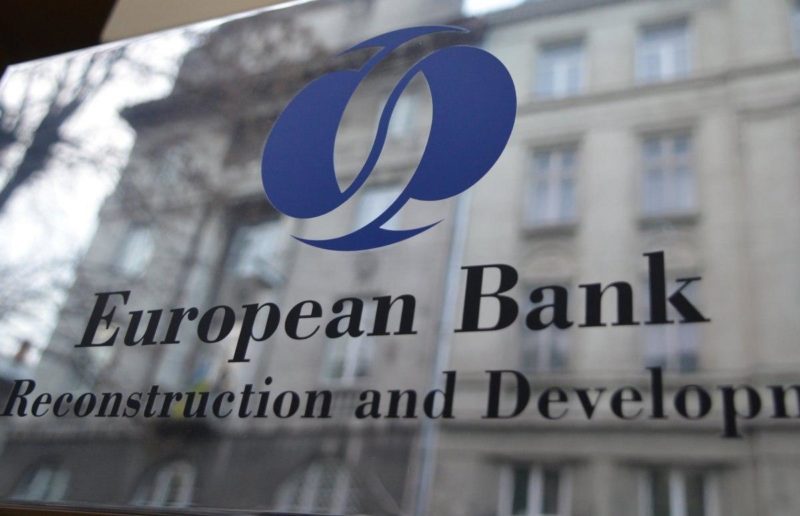Regional Economic Prospects-April 2020; Covid-19: From shock to recovery
Thursday, April 9, 2020 by Western Balkans 6
Regional Economic Prospects-April 2020; Covid-19: From shock to recovery
Thursday, April 9, 2020 by Western Balkans 6
Growth in the EBRD regions averaged 2.6 per cent in 2019, down from 3.4 per cent in 2018 and 3.8 per cent in 2017, mirroring the ongoing slowdown in global growth and global trade growth.
The Covid-19 pandemic hit on top of this deceleration and is expected to result in a substantial output contraction, at least in the near term. Numerous countries in the EBRD regions and across the world have closed their borders to people, closed schools, universities, restaurants and shops, a growing number of countries have implemented lockdowns and curfews. These measures severely affect domestic demand (as a major part of aggregate consumption involves public gatherings) and domestic supply (as workers stay at home) likely resulting in the greatest disruption to global economic activity since the Second World War.
The economic impact of domestic containment measures is compounded by several related external shocks, whereby economies in the EBRD regions face much lower commodity prices, lower demand for exports across the board and disruptions to value chain linkages, as well as a collapse in tourism and business travel. Tourist spending exceeds 20 per cent of GDP in a number of economies in the region including Albania, Croatia, Cyprus, Georgia, Greece and Montenegro.
The vulnerability of economies depends on many factors, including the structure of production, the share of workers on permanent contracts and in the informal economy, and governments’ ability to provide relief. Many governments have provided additional liquidity to the financial system and provided guidelines on forbearance to enable restructuring and extension of loans and introduction of temporary holidays when it comes to repayment of loans. Many governments have also pledged large-scale fiscal support to individuals and firms experiencing loss of income with the view to avoid mass layoffs and facilitate a speedy recovery once consumption restrictions are lifted. Fiscal space to implement such policy measures varies by country.
Assuming domestic containment measures remain in place for a few months followed by a gradual relaxation and return to normality during the second half of the year, output in the EBRD regions is likely to contract in 2020 (individual country forecasts will be released on 13 May 2020). Once the outbreak is contained, a swift recovery is possible provided mass layoffs during the containment phase can be avoided. This scenario assumes OVERVIEW 2 a modest impact of the crisis on the long‐term trajectory of output. However, there may in fact be significant longer term economic, political and likely social impacts. If lockdowns remain in place for much longer, the economic impact will be significantly deeper.
In the longer term, the Covid-19 crisis may also lead to reassessment of concentration risks in global manufacturing, perhaps leading to a new emphasis on diversification and reshoring. This could open new business opportunities for companies in the EBRD regions. View PDF
Article by Western Balkans 6

